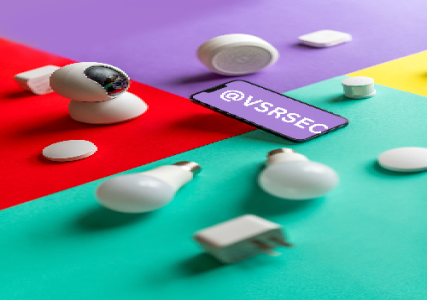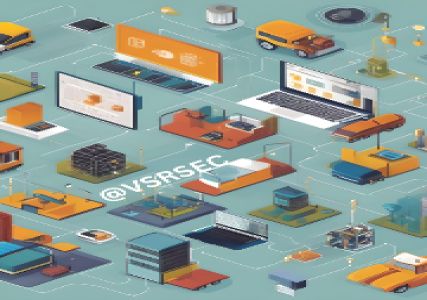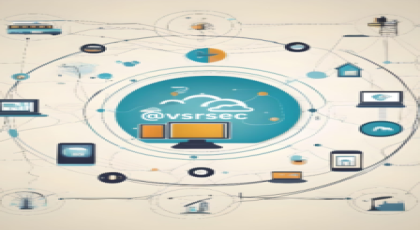Learning ANSYS in Mechanical Engineering
Branch : ME






The Industry-Focused IoT Internship Program delivers hands-on training in IoT system design, development, and deployment tailored for Industry 5.0. Participants work with sensors, microcontrollers, communication protocols (MQTT, Wi-Fi, Bluetooth), and cloud/edge platforms to solve real industrial challenges.
Focused on hardware integration and human-machine collaboration, this internship empowers engineering students and professionals to build smart, sustainable, and user-centric solutions. Ideal for those aiming to advance in IoT, automation, and next-generation industrial innovation.
Engineering students
Tech enthusiasts
Early-career professionals
Real-world project experience
Training on IoT hardware, protocols, and cloud platforms
Industry-relevant skills for smart industry careers


By the end of this internship program, participants will be able to:
Design and Integrate IoT Hardware Solutions: Develop advanced hardware architectures for IoT systems aligned with Industry 5.0 standards, focusing on human-centric applications.
Interface Sensors and Actuators for Smart Environments: Work with real-time sensor networks and actuators to create responsive and intelligent hardware systems.
Implement Robust Communication Protocols: Apply protocols like MQTT, Wi-Fi, Bluetooth, and LPWAN for seamless device-to-device and device-to-cloud communication.
Integrate Edge and Cloud Technologies: Build systems that bridge edge computing devices and cloud platforms to optimize performance and user-centric customization.
Engineer Human-Machine Interfaces (HMI): Design intuitive, safe, and efficient interfaces between IoT hardware and users to support collaboration in Industry 5.0 ecosystems.
Ensure Sustainability and Reliability: Develop energy-efficient and sustainable hardware solutions that meet the ethical and environmental expectations of Industry 5.0.
Prepare for Advanced Industry Roles: Gain industry-relevant, hands-on experience in IoT hardware design and implementation, making participants job-ready for next-gen tech roles.
0 Reviews
Review Course
For Review on Course. You need to Login first. Login Here